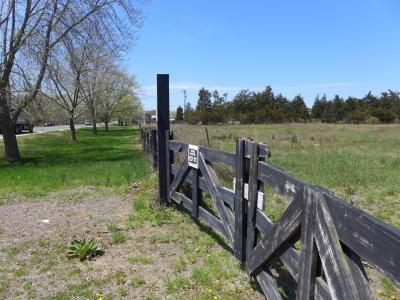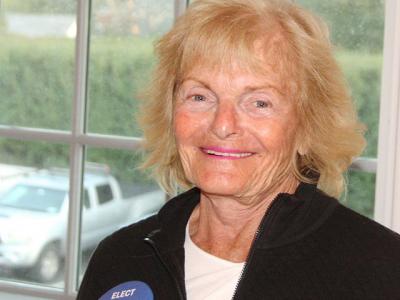A $7 Mil Grant for Amagansett Apartments
A $7 Mil Grant for Amagansett Apartments

The East Hampton Housing Authority has received a $7 million grant from New York State for the affordable housing complex it is planning to build at 531 Montauk Highway in Amagansett. Catherine Casey, the executive director of the housing authority, said that the money awarded Monday means that the project now has the funding it needs to go forward.
In a statement released on Monday, Assemblyman Fred W. Thiele Jr. announced that the grant would be provided by the New York State Homes and Community Renewal agency, which is spending more than $200 million in a statewide effort to build or preserve more than 2,800 affordable apartments.
The Amagansett housing development will provide 37 apartments for families and individuals with low to moderate incomes.
Ms. Casey said that the $7 million grant actually amounts to more like $18 million after factoring in the 10 years of tax credits that have also been awarded to the project. "There are still lots of details to work out," said Ms. Casey, who is scheduled to meet with the agency that awarded the money, but the state's grant, she said, means "the project is essentially fully-funded."




